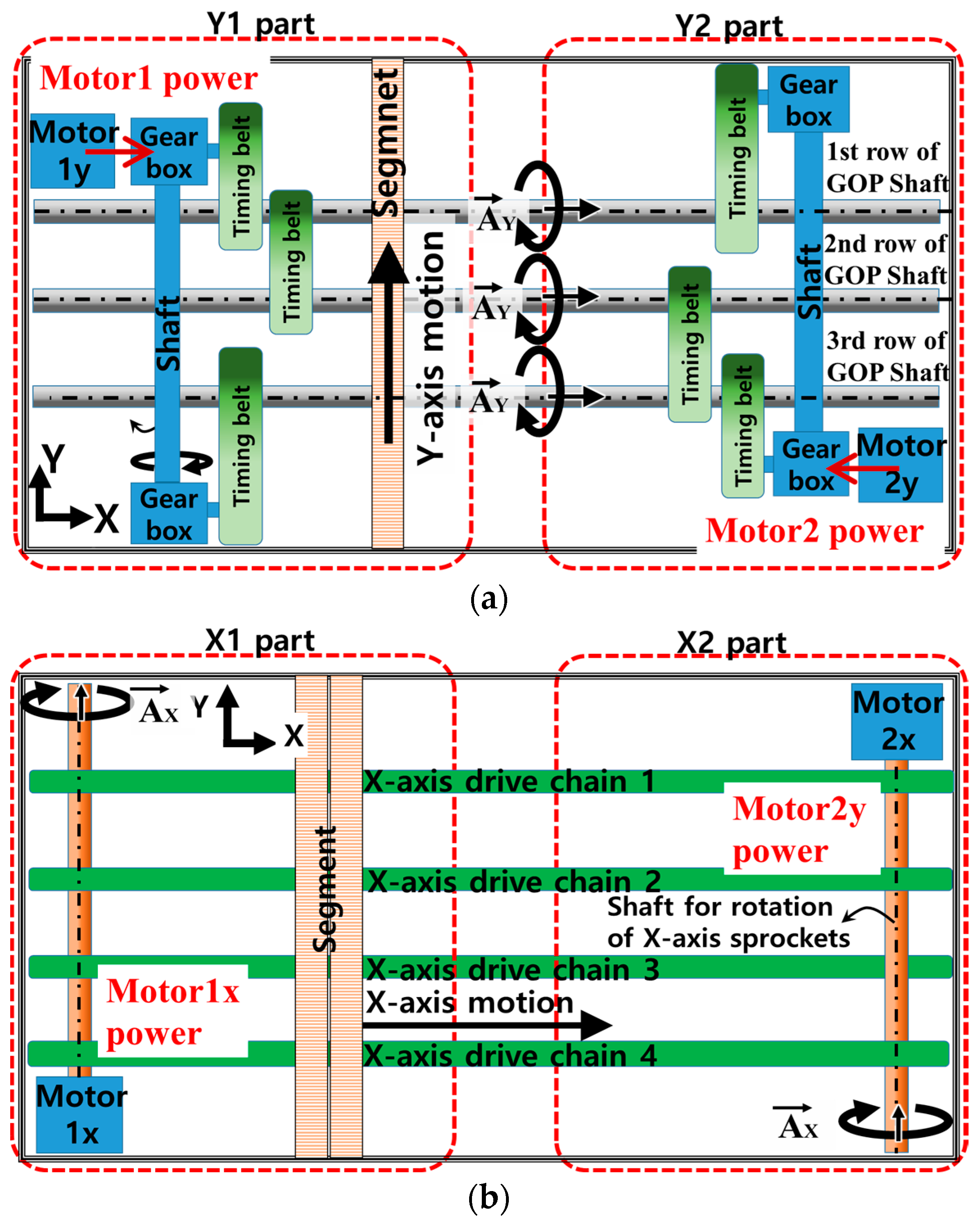

- #X and y axis adjustment creation workshop how to#
- #X and y axis adjustment creation workshop plus#
- #X and y axis adjustment creation workshop series#
#X and y axis adjustment creation workshop plus#
#X and y axis adjustment creation workshop how to#
The following steps explain how to add these formats: Similar to the how we formatted the X and Y axes, we can format these items by activating them and using the formatting commands in the Home tab or the Format pane. The next items we will format on the Grade Distribution Comparison chart are the chart legend and title. Click the Close button in the Format Axis pane.Select a number format and set decimal places on the right side of the Format Axis dialog box.


The following steps demonstrate a few of these formatting techniques on the Grade Distribution Comparison chart: Although adjusting the font size, style, and color are common, many more options are available through the Format Axis pane. There are numerous formatting commands we can apply to the X and Y axes of a chart. We will demonstrate these formatting techniques using the column chart and stacked column chart from the previous section. These notes are also helpful in answering questions if you are using charts in a live presentation. For example, you can add footnotes explaining the data source as well as notes that clarify the type of numbers being presented (i.e., if the numbers in a chart are truncated, you can state whether they are in thousands, millions, etc.). However, formatting techniques also help you qualify and explain the data in a chart. Formatting commands are applied to a chart for the same reason they are applied to a worksheet: they make the chart easier to read. You can use a variety of formatting techniques to enhance the appearance of a chart once you have created it.
#X and y axis adjustment creation workshop series#
Employ series lines and annotations to enhance trends and provide additional information on a chart.Apply formatting commands to the chart area and the plot area of a chart.Apply labels and formatting techniques to the data series in the plot area of a chart.



 0 kommentar(er)
0 kommentar(er)
